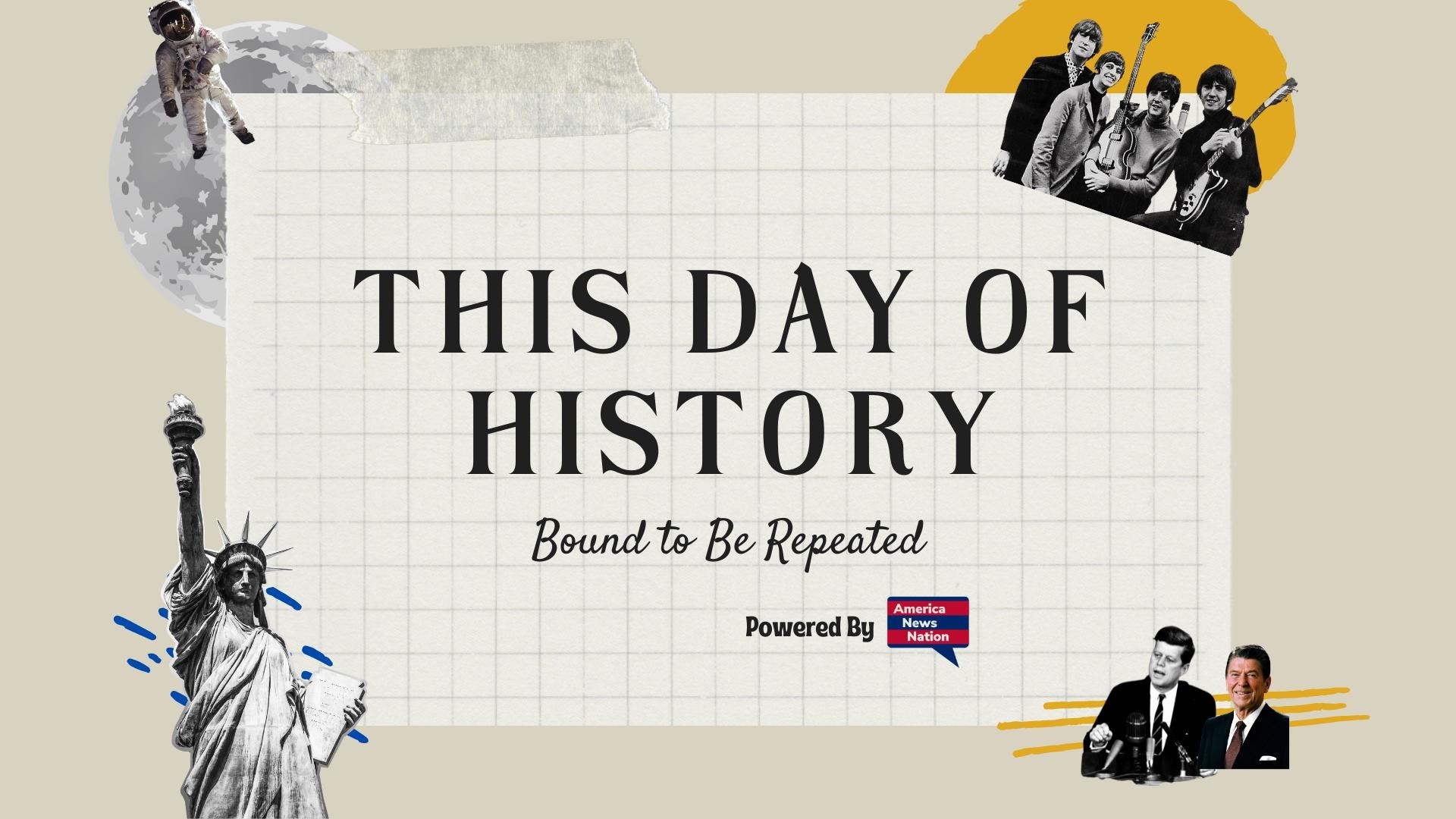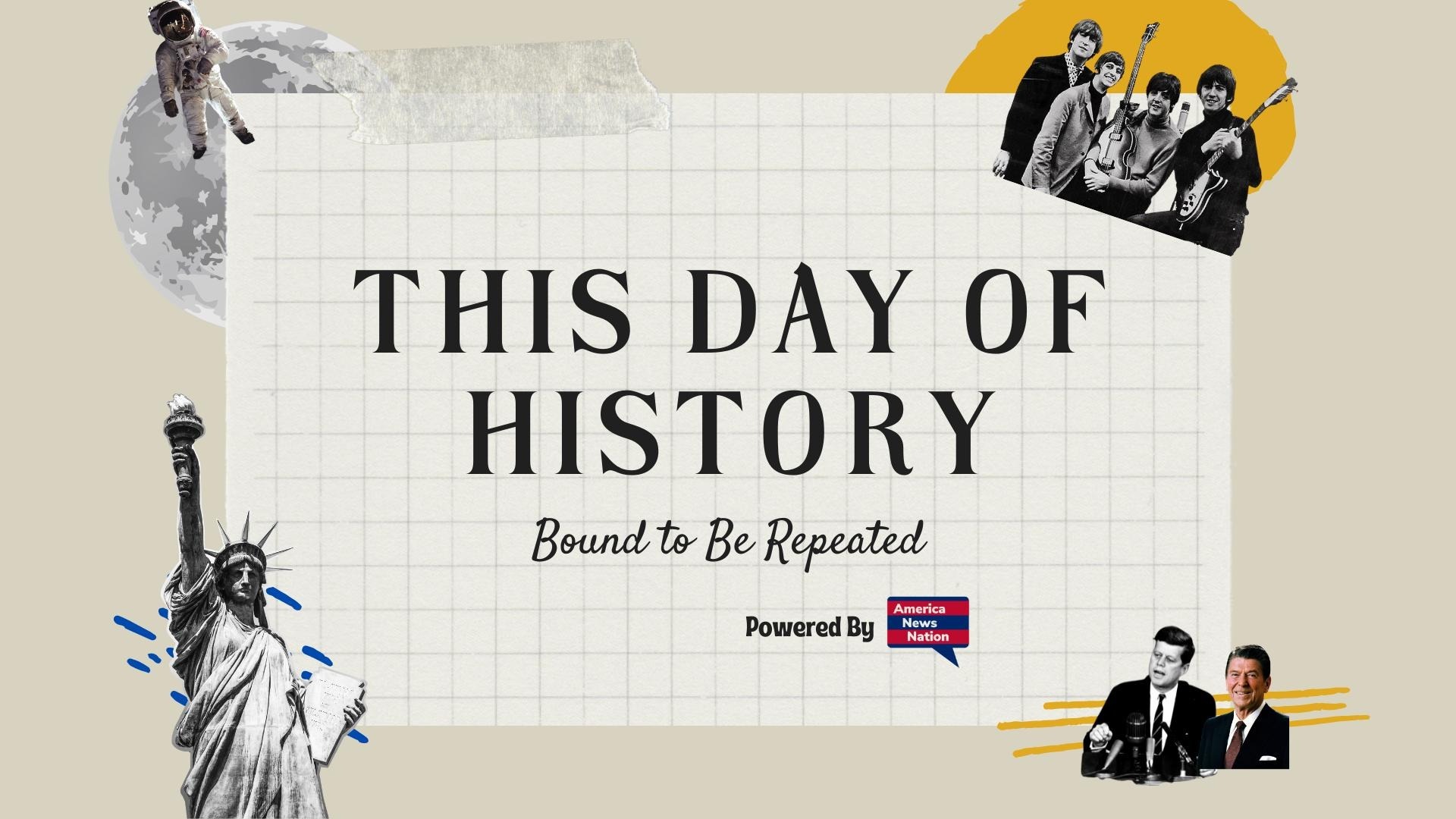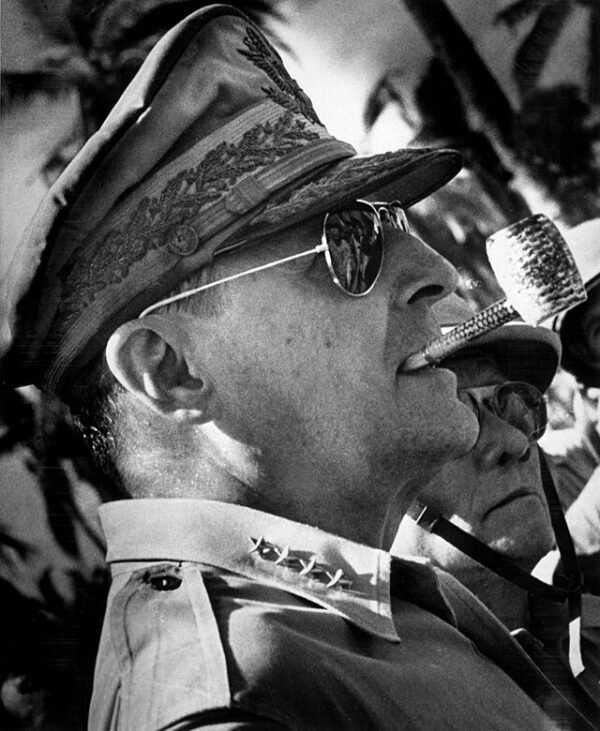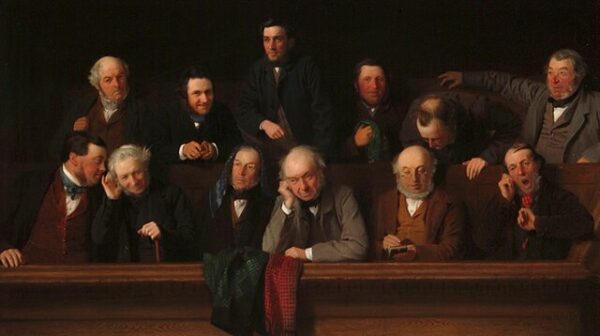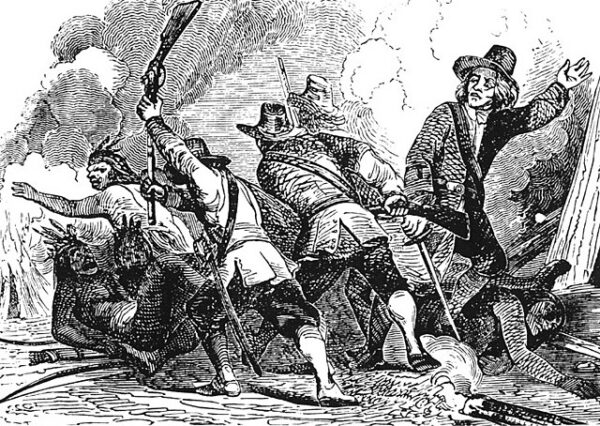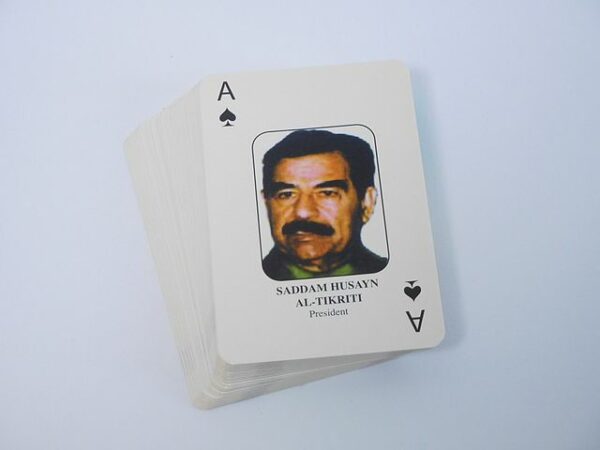The recapture of Manila, which began in earnest on February 3, 1945, marked the culmination of General Douglas MacArthur’s long-promised return to the Philippine capital—a vow famously declared upon his departure in 1942 and meticulously orchestrated over the intervening years. By February 5, the general himself entered the city, the tangible fulfillment of both personal and strategic imperatives. Yet MacArthur’s reentry into Manila was not merely a symbolic restoration of American authority; it represented the final unraveling of Japan’s crumbling Pacific empire, a theater in which the general had cast himself as both military strategist and historical protagonist.
MacArthur’s return must be understood within the broader ideological framework of the Pacific War, in which competing visions of imperial legitimacy—the American self-conception as a benevolent liberator versus Japan’s imperial rhetoric of “Asia for Asians”—were tested not in the abstract, but on the ruined streets of Manila. The battle itself was among the war’s most devastating urban engagements, a brutal clash that reduced much of the city to rubble, killed more than 100,000 Filipino civilians, and exposed the callous desperation of a retreating Japanese command. As MacArthur’s Sixth Army, under General Walter Krueger, pushed into Manila, they encountered not merely resistance but an entrenched campaign of annihilation orchestrated by Rear Admiral Sanji Iwabuchi’s forces—troops ordered to fight to the death and, in so doing, to raze Manila in an orgy of destruction.
By the time MacArthur entered the city on February 5, the American advance had already secured key sections, including the northern districts and the Santo Tomas internment camp, where U.S. forces liberated thousands of Allied prisoners. But the battle for Manila was far from over; Japanese forces remained ensconced in the government district and the fortified structures along the Pasig River, prepared to engage in a protracted last stand. Thus, MacArthur’s arrival—clad in his signature open-collared shirt and aviator sunglasses, striding through a war-ravaged landscape—was less the culmination of victory than the staging of its inevitability.
Here, one must grapple with the historical interplay between reality and spectacle in MacArthur’s leadership. His return to Manila was not simply a battlefield event but a political performance—an assertion of American continuity in the Philippines, a fulfillment of his oft-quoted declaration, “I shall return.” Unlike his landing at Leyte in October 1944, which had been meticulously filmed and choreographed for public consumption, his entry into Manila was shaped by the immediacy of battle, the devastation of a city still contested, and the tension between military necessity and personal legacy. His presence served to bolster the morale of both American and Filipino forces, reinforcing the broader narrative of liberation even as Manila’s civilian population bore the catastrophic cost of its deliverance.
Yet beyond the personal mythos of MacArthur lay the geopolitical ramifications of Manila’s recapture. The city’s liberation cemented American dominance in the Philippines, paving the way for the eventual assault on Okinawa and, ultimately, the Japanese home islands. It also heralded the complex postwar realignment of U.S.-Philippine relations—one in which American military and economic interests would remain deeply embedded in the archipelago, shaping its political future in ways that often mirrored colonial structures of dependency. The restoration of Manila, then, was both an end and a beginning: the death knell of Japan’s expansionist ambitions and the prelude to a Cold War-era strategic partnership between Washington and Manila.
MacArthur, ever attuned to the grand sweep of history, understood the weight of the moment. His return was less an act of personal triumph than the careful crafting of historical memory—an assertion that the Pacific War’s narrative, and indeed the fate of the Philippines, would be written not by Tokyo, but by Washington.
